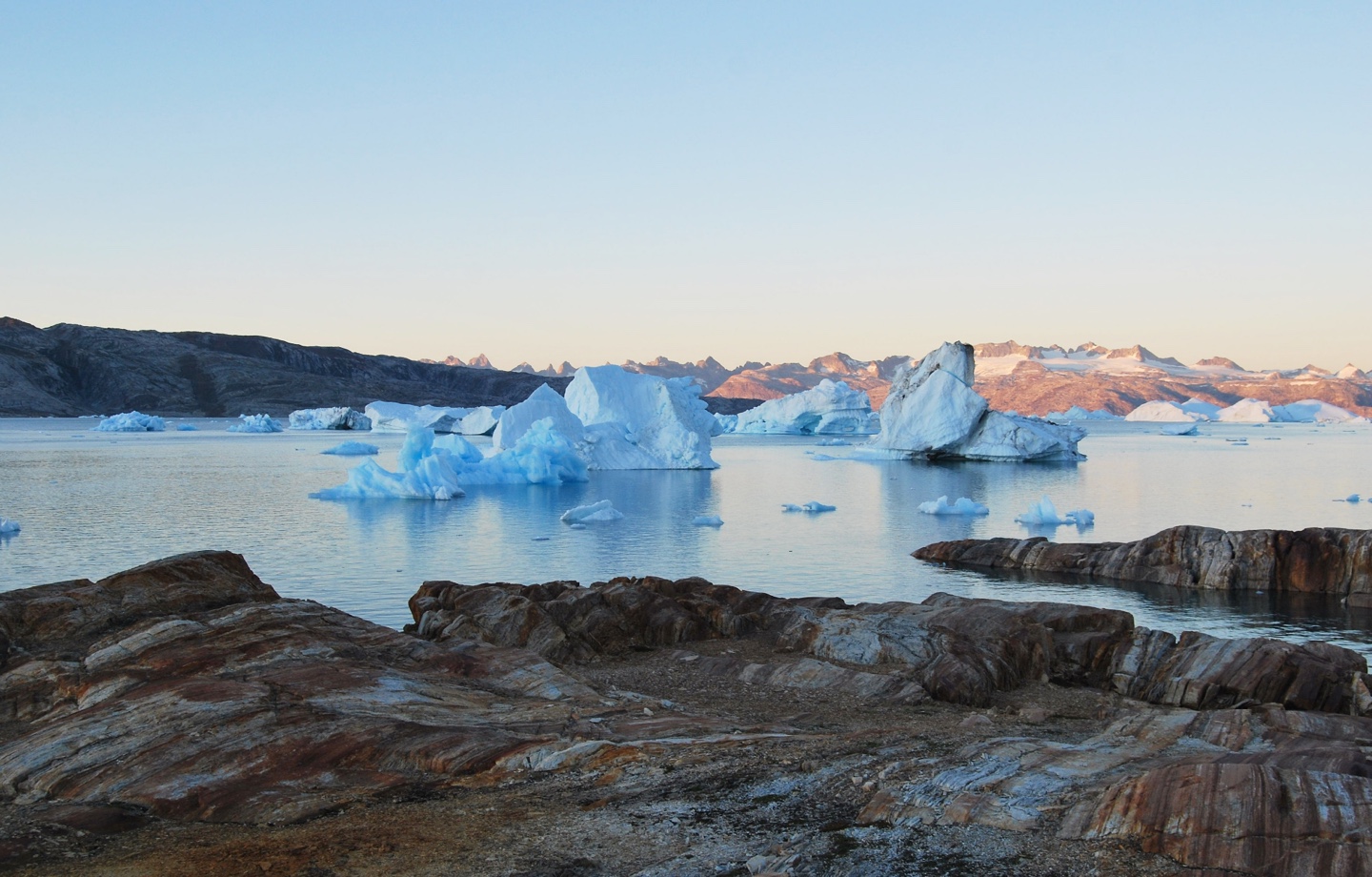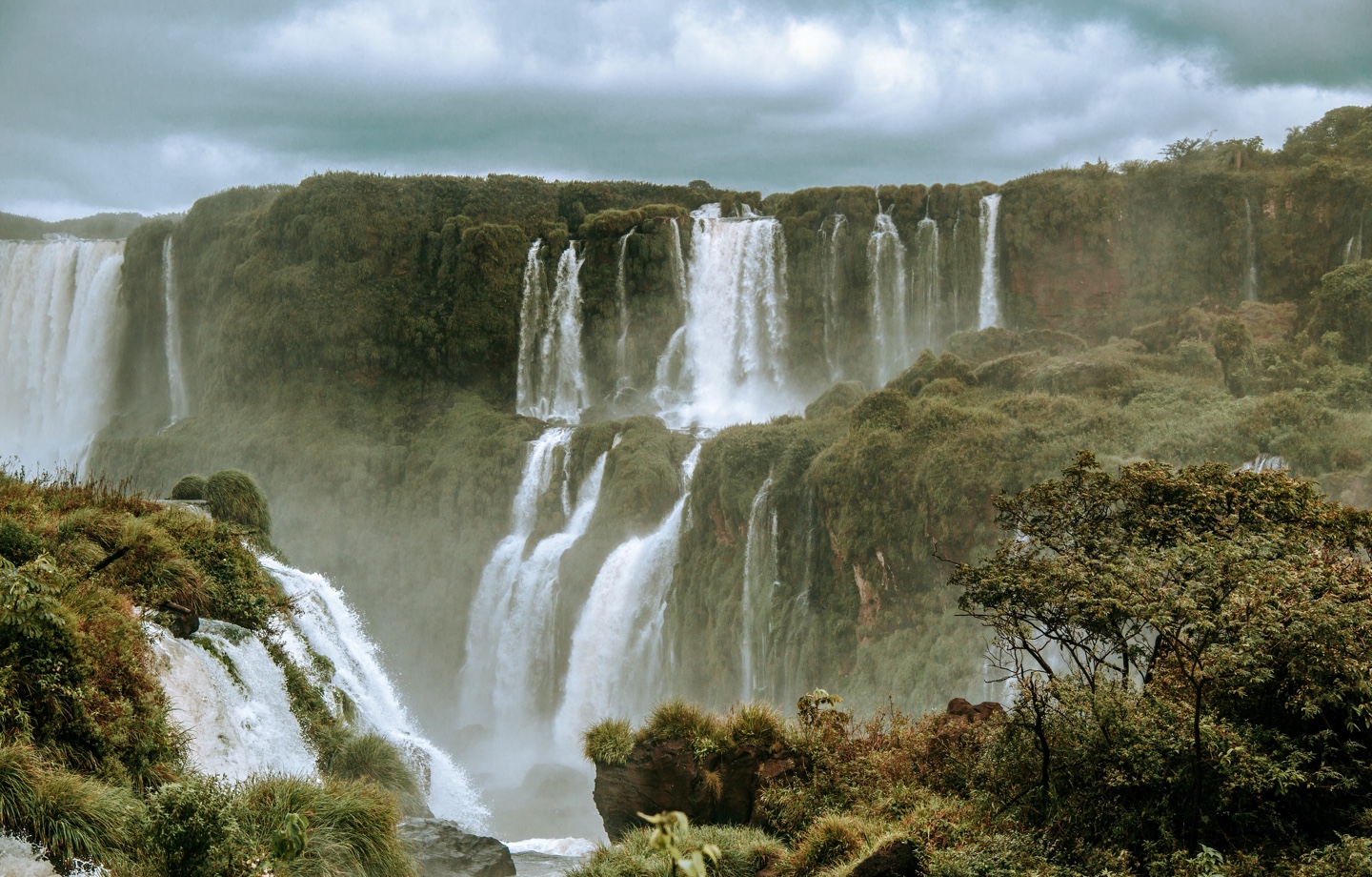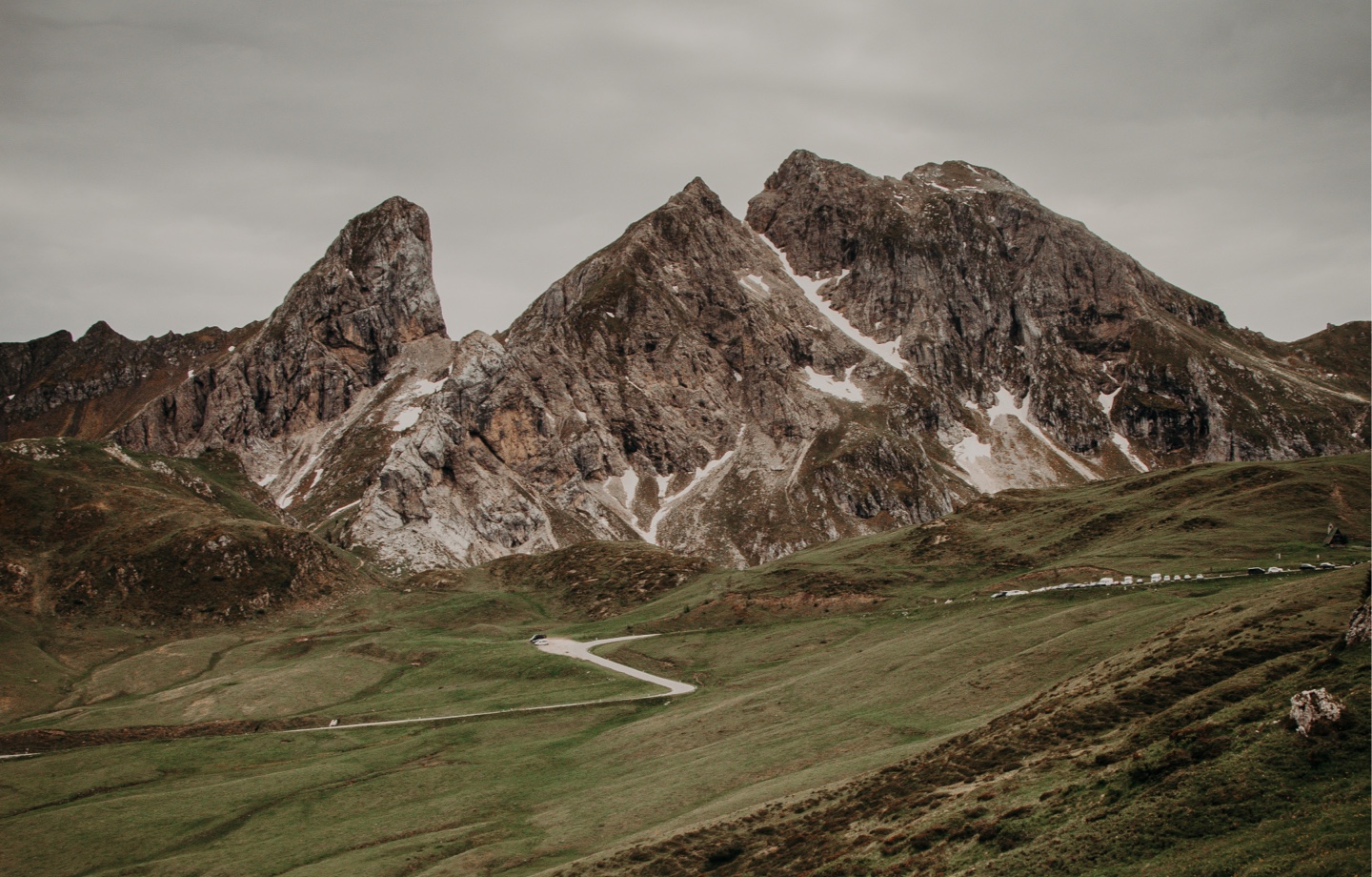It’s crucial that we keep our planet from continuing to warm — our future depends on it.
In Jacobabad, Pakistan, a warming climate isn’t just a nuisance; it’s deadly. Jacobabad is the world’s hottest and most unlivable city, with summer temperatures often exceeding 122 degrees fahrenheit. If the warming of our planet continues on its current trajectory and reaches 1.5 degrees celsius, Jacobabad will likely become too hot for residents to survive, as temperatures and humidity levels reach rates at which the human body can no longer cool down.
This 1.5 degrees threshold is well known among climate researchers and scientists, global governments, and the environmental community. Since the 1980s, studies and documents have warned against the deadly consequences of our Earth crossing the 1.5 degree mark. Unfortunately, due to years of government inaction, it’s probably inevitable.

Read more: Why You Should Care About Ocean Warming and Acidification
As of 2020, the planet has already warmed by 1.2 degrees. And a recent report by the Intergovernmental Panel of Climate Change found we have less than a 38 percent chance of keeping our planet from warming 1.5 degrees. In fact, based on current predictions, the world is on track to warm not by 1.5 degrees — but 2.7 degrees by 2100. That may seem far off, but if the climate crisis becomes more severe, the resulting devastation is all but guaranteed to push humanity and the environment to the brink.
According to a September study from Science, even one more half-degree of warmth could cause the planet to hit concerning climate tipping points — or irreversible points of no return.
“We thought it was 2 degrees of global warming that would push us into the danger zone. But actually, we have already left the space of climate safety.”
The outcomes will be grim. At 2 degrees warming, Greenland and the West Antarctic’s Ice Sheets are expected to collapse — and when they melt, coastal cities all over the world will flood. Tropical coral reefs will die off due to warmer oceans and heat waves, which have already turned the Great Barrier Reef white. Northern permafrost will thaw. The Barents Sea Ice will be lost, and mountain glaciers will melt. We’ll see dieback in the Amazon rainforest, catastrophic changes in West African monsoons, and more hurricanes.
“The risk level has gone up since our initial estimates,” Tim Lenton, the lead author of the first systematic assessment of climate tipping points in 2008 and a professor of climate change at the University of Exeter, told Grist. “Back then, we thought it was 2 degrees of global warming that would push us into the danger zone. But actually, we have already left the space of climate safety.”

Read more: The Movement To Turn Boomers Into Climate Activists
However, according to Reuters, there is an exceptional difference between 1.5 and 2 degrees of global warming. For example, an extreme heat event that occurred once per decade in a climate without human influence would happen 4.1 times a decade at 1.5 degrees of warming and 5.6 times at 2 degrees. Experts also predict that we can prevent all of the sea ice from melting at 1.5 degrees of warming; at 2 degrees, the sheet ice will likely collapse.
“Every year that you let pass without going for these urgent emissions reductions makes it more and more difficult,” Jim Skea, an energy researcher at Imperial College London, told the New York Times. “Unless we really do it immediately, it will not be possible to limit warming to 1.5 degrees.”

Still, there’s reason to be optimistic. After all, we’ve made substantial progress since the global Paris Agreement in 2015. Investments in renewable energy infrastructure and technology are up, and while carbon emission rose almost one percent in 2022, they occurred at a slower pace than previous years. Biden’s clean energy and environmental justice policies previously seemed impossible but today, they exist. And, according to experts, the IPCC report that sounded the alarm on the 1.5 degree threshold was important for catalyzing activism and pushing forward new eco-friendly energy policies. Previously, most climate change language focused on 2 degrees of warming. But by pivoting the conversation to 1.5 degrees, countries are striving to meet a much higher standard of climate emissions by 2030. In a wave that is akin to peer pressure, American banks announced net-zero plans, then commercial companies followed suit.
“By aiming for 1.5 degrees, we clearly improve our chances of stopping closer to two degrees,” writes Bill McKibben for the New Yorker.
Now, it’s up to us to look for ways to limit global warming. Take personal action at home by reducing your carbon footprint and powering your home with renewable energy. Invest in an electric vehicle to further reduce emissions, and support brands (like Avocado) that use recycled materials and limit their impact as much as possible. Getting involved in local activism, as well as advocating for environmentally-friendly policies like those that limit deforestation and support decarbonization on the state, local and federal level are paramount.

Read more: Why You Should Switch to a Heat Pump
Hitting 1.5 degrees doesn’t mean game over. In fact, even every 10th of a degree matters. If we all do our part to slow global warming and reduce the effects of climate change, we’ll leave behind a healthier planet for the next generation. Where will you begin?
Have feedback on our story? Email [email protected] to let us know what you think!

Shop Pillows
The Essential Organic Pillow Collection
Gentle, breathable, non-toxic support.





